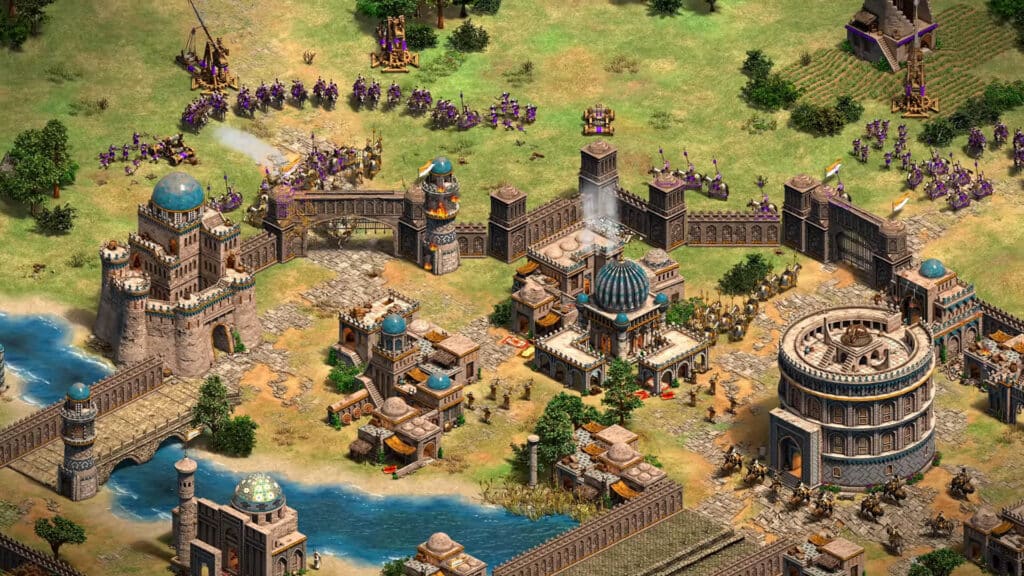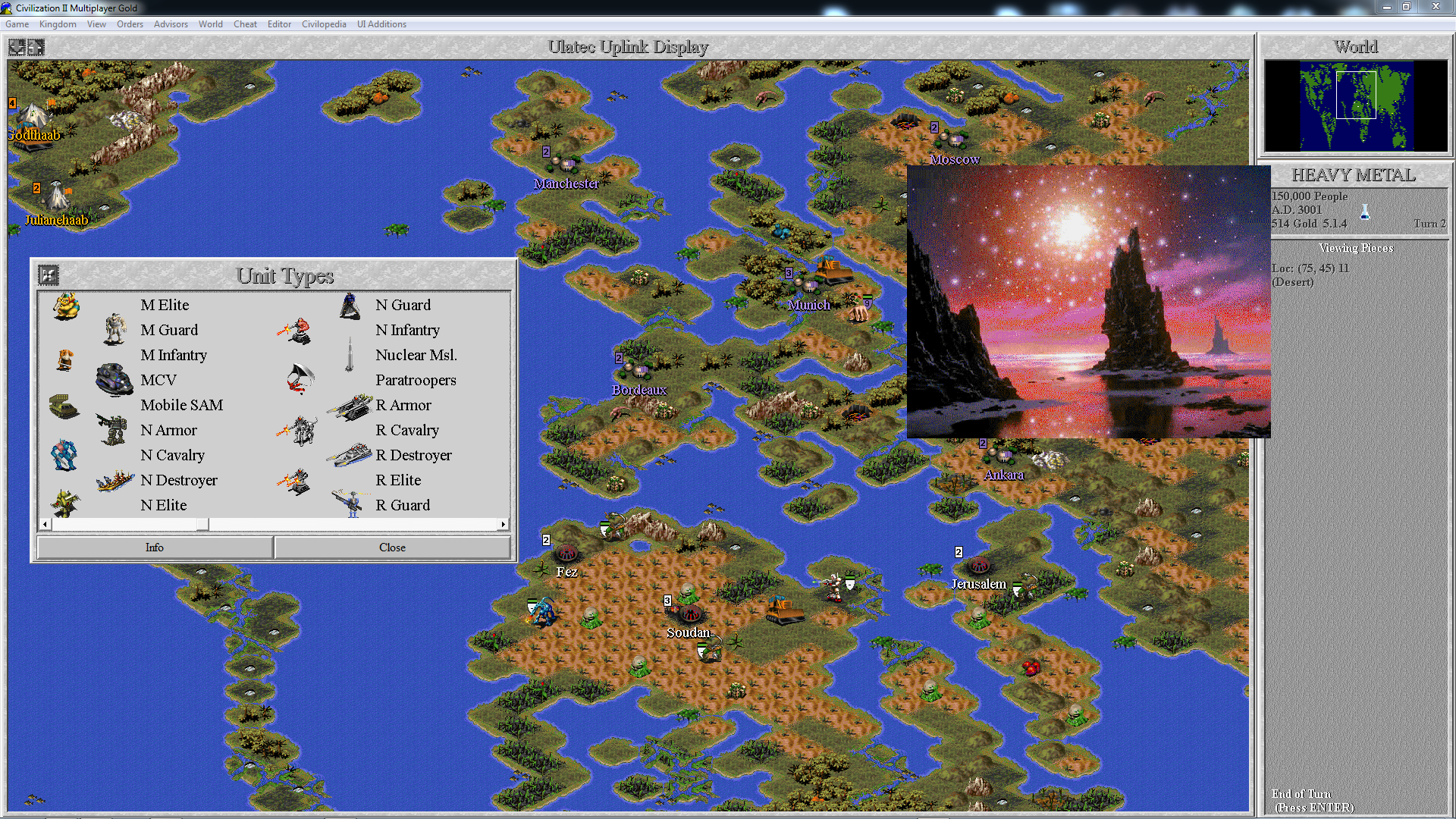
UC researchers have used ancient DNA to learn more about the agricultural practices of the ancient Maya in Mexico’s Yucatan Peninsula. Schepartz, a co-author of the Science articles, took samples of the Griffin Warrior’s petrous bone, a part of the skull near the inner ear that often preserves ancient DNA.Īncient DNA is a powerful tool for researchers because it can shed light on how people are tied to each other and the places they lived. “Mycenaean tombs are difficult to study because their mortuary rituals involved repositioning of skeletons when newer interments took place in tombs that were used over generations,” Schepartz said. Where did the Greeks come from? We had no way of addressing that question without looking at genetic relationships,” Davis said.įor the ancient DNA analysis, Davis and Stocker again turned to Schepartz to examine remains. “This research addresses a bigger question about population dynamics. Stocker supervised the excavations of the Griffin Warrior and tholos tombs. “But the Griffin Warrior was one of the first individuals to unite all of these functions within society.” Until then there had been competing aristocratic families, which explains why there were multiple tholos tombs,” Stocker said. “He was one of the first kings of Mycenaean Pylos.

“He was a young man, and wealthy, who served different functions: a religious or sacred function, as an outstanding warrior and as leader of his people,” Stocker said. Now additional investigation using ancient DNA is helping to fill in details about the Griffin Warrior’s life in Greece 3,500 years ago. In 2016, Davis and Stocker turned to former UC anthropology professor Lynne Schepartz, now at the University of Arizona, to reconstruct the warrior’s features.

Like the Griffin Warrior’s tomb, the tholos tombs also contained a wealth of cultural artifacts and exquisite jewelry. While continuing their work on the Griffin Warrior, Davis and Stocker made a second startling find in 2018 of two nearby gold-covered tholos or beehive-shaped family tombs. Previously at Pylos, UC Classics professor Carl Blegen and his Greek colleague, Konstantinos Kourouniotis, unearthed the Palace of King Nestor, a figure mentioned by Homer in his epic poems. Their revelations continued UC’s storied tradition of exploration in Greece. “We were interested in the local implications for our interpretation of what we found at Pylos but also within the broader Mycenaean civilization,” Davis said.Īrchaeology magazine heralded the UC Classics’ project as the greatest archaeological discovery in Greece in the past 50 years. His tomb contained weapons, armor and precious artwork, including an ivory plaque emblazoned with the image of the mythological half-eagle, half-lion griffin that gave the warrior his nickname. A forensic examination determined the remains belonged to a young man between 30 and 35 years old who came from obvious wealth. “The development of the state by the Mycenaean was indigenous to Greece,” Davis said.Īmong the remains studied for ancient DNA analysis was that of the Griffin Warrior, whose tomb was discovered in 2015 by Davis and UC Classics senior research associate Sharon Stocker.ĭavis and Stocker found the tomb under an olive grove in Pylos, a coastal city in southern Greece. “When we look at the rise of Mycenaean civilization, the ancient DNA supports the notion that it was a local phenomenon, not something imported from the outside,” said co-author Jack Davis, a UC Classics professor and department head. They joined local populations, “creating a tapestry of diverse ancestry from which speakers of the Greek, Paleo-Balkan and Albanian languages arose.” Then around 5,000 years ago, people from Eastern Europe spread out across the European continent and into Western Asia and back to the Caucasus. Led by researchers from Harvard University and co-authored by experts from around the world, the papers demonstrate that between 5,000 and 7,000 years ago, people with ancestry from the Caucasus, a region between the Black and Caspian seas, moved west into Anatolia (now Turkey) and north into the steppe of Eastern Europe. The findings are part of three new studies published in the journal Science that examined the ancient DNA of the Griffin Warrior and 726 other people who lived before and during the Bronze Age to learn more about their origins and movements across three continents surrounding the Mediterranean Sea. Using new scientific tools, University of Cincinnati archaeologists discovered that an ancient Greek leader known today as the Griffin Warrior likely grew up around the seaside city he would one day rule. A new ancient DNA analysis revealed the warrior was from the area that he would one day rule.

Image: UC senior research associate Sharon Stocker supervises the excavation of the tomb of the Griffin Warrior at Pylos, Greece.


 0 kommentar(er)
0 kommentar(er)
